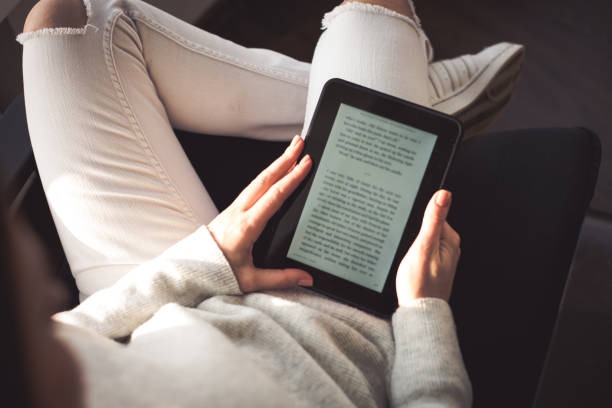Access to affordable education is a cornerstone of societal progress, yet the rising cost of textbooks and learning materials continues to burden students and families worldwide. For many, purchasing required books for courses can feel like an insurmountable expense, often rivaling or exceeding tuition fees in some cases. This financial strain has led to growing discussions about how to make education more accessible by reducing the costs associated with it. One promising solution lies in the availability of almost free books—resources that provide high-quality educational content at little or no cost.
The concept of almost free books has gained momentum thanks to advances in digital technology and open educational resources (OER). These initiatives aim to create and distribute textbooks, workbooks, and study guides that are freely available online or offered at minimal prices compared to traditional publishing models. Open-source platforms allow educators, authors, and institutions to collaborate on creating materials tailored specifically for their courses without passing significant costs onto students. By eliminating unnecessary expenses such as printing and distribution overheads, these resources ensure affordability while maintaining academic rigor.
In addition to OER efforts, secondhand book markets play a vital role in making education more affordable. Students can buy used copies of textbooks from peers or through online marketplaces at a fraction of their original price. Libraries also serve as invaluable hubs for accessing free books—both physical copies and digital versions—that cater not only to students but also lifelong learners seeking knowledge outside formal academic settings. Many libraries now offer e-book lending services that allow users instant access without stepping foot into a physical building.
Affordable alternatives like these empower learners from diverse backgrounds by removing barriers tied solely to financial constraints. They help level the playing field so that all individuals have an equal opportunity for success regardless of their economic situation. Moreover, they encourage sustainability by reducing waste associated with unused new editions produced each year—a win-win scenario for both people and the planet.
Ultimately, making education affordable through Almost Free Books requires collaboration among educators, policymakers, publishers, and communities committed to equitable access for all learners. By embracing innovative solutions such as open educational resources alongside traditional methods like secondhand sales or library lending systems, we can collectively pave the way toward a future where quality education is within reach for everyone who seeks it—no matter their financial means or geographic location.


